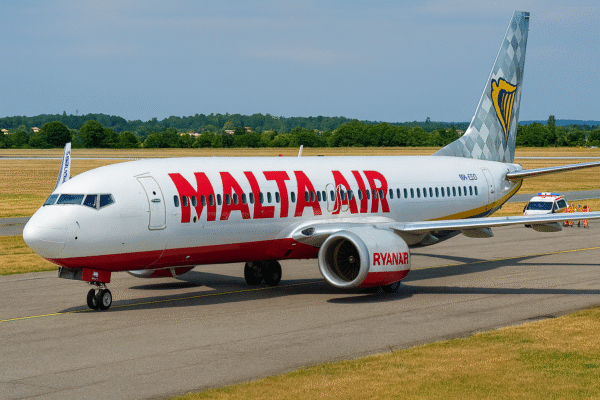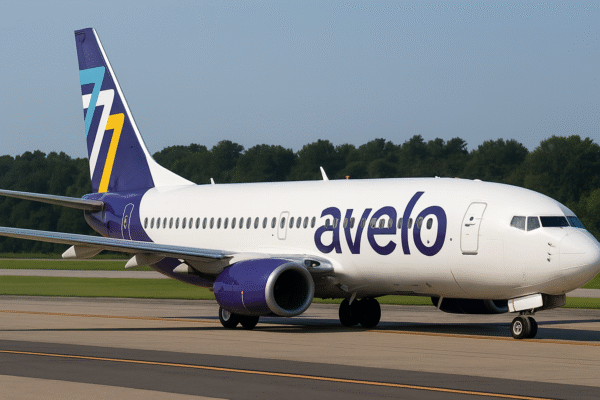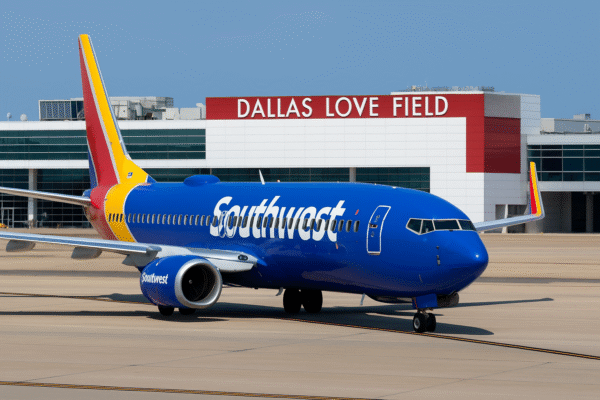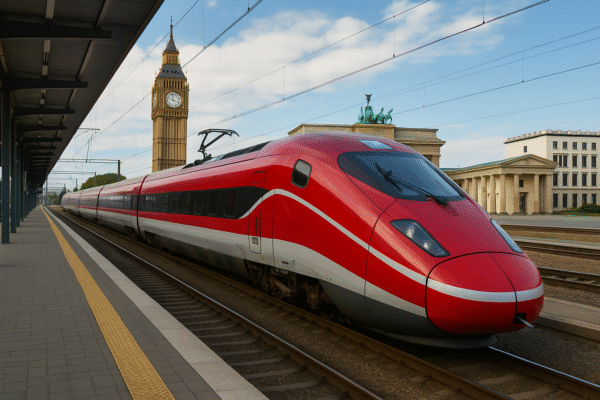In a bold stride toward reshaping European tourism and travel, the United Kingdom and Germany have cemented a landmark bilateral treaty known as the Kensington Treaty, signed on 17 July 2025 at London’s Victoria and Albert Museum by Prime Minister Keir Starmer and Chancellor Friedrich Merz. Among its many initiatives, the treaty advocates for a direct high-speed rail link between London and Berlin—a proposal that promises to rewrite the future of sustainable travel. Authorities from both nations have pledged to explore implementation targets within the next decade.
A joint taskforce comprising transport and infrastructure experts from the UK and Germany will chart the feasibility of this ambitious project. Their mission: tackle the technical and regulatory hurdles—from border and security protocols via the Channel Tunnel, to station logistics, safety standards, and seamless interoperability across different rail systems. The timetable remains ambitious, with the goal of establishing service within ten years. In the meantime, rail operators such as Eurostar are already planning direct routes to Frankfurt and Geneva by the early 2030s, reinforced by growing investments in new trains and expanded operations.
Enhanced Tourism and Cultural Connectivity
For travelers and tourism-driven economies, the proposed London–Berlin high-speed train represents a major shift from the status quo. Currently, journeys between these capitals require at least one transfer—often via Brussels or Cologne. A direct rail line would not only shorten travel times and improve comfort but also elevate access to cultural landmarks like Berlin’s Brandenburg Gate, the Berlin Wall, and Checkpoint Charlie—making them reachable “from the comfort of a train.” This seamless connection stands to enrich visitor experiences and foster deeper cultural exchange.
Beyond Berlin, the rail corridor could stimulate tourism in other German cities, including Frankfurt and Cologne, while providing UK tourists a greener, more appealing alternative to short-haul flights.
Economic Boost and Trade Synergies
This infrastructure breakthrough carries substantial benefit for the wider economy of both nations. The streamlined transport corridor promises to bolster job creation, enhance tourism‐led revenue, and strengthen bilateral trade partnerships. British enterprises will find it simpler to access key EU markets, while German companies will enjoy improved connectivity to the UK. The momentum generated by this treaty could catalyze regional development—especially in London and Berlin—and reinforce shared economic growth.
Putting Sustainability Front and Center
At the heart of this grand project lies a commitment to environmental responsibility. High-speed rail is widely recognized as a lower-carbon alternative to air travel. By encouraging passengers to choose trains over planes, the UK and Germany are making a tangible contribution to the broader European ambition of reducing carbon emissions and combating climate change. In doing so, they are setting a compelling example for international collaboration in sustainable infrastructure.
Technical and Logistical Roadmap
Navigating the complex groundwork ahead, the United Kingdom and Germany are focused on several key areas:
- Border & Security Integration: The Channel Tunnel, a vital link, demands robust solutions for customs and passport controls. Yet Germany has also committed to reinstating e-gate access for UK travelers—a gesture that will further streamline cross-border transit.
- Engineering Standards and Safety: To maintain uninterrupted service, the project must reconcile different national rail technologies and safety protocols, ensuring compatibility and reliability.
- Infrastructure Investment & Capacity: Upgrades across both countries—such as station expansion and track enhancements—will be essential to accommodate the projected influx of high-speed trains and passengers.
- Commercial Feasibility: Collaboration with private rail operators will establish viable ticketing, pricing, and scheduling frameworks, ensuring the service is both accessible to tourists and financially sustainable.
Broader Vision and Future Impact
This bilateral effort is part of a broader European renaissance in rail connectivity. The UK’s commitment to doubling high-speed cross-Channel services, alongside Eurostar’s plans to introduce new lines by 2030, indicates a wider trend toward greener, more integrated travel networks.
Looking ahead, if successful, the London–Berlin route could pave the way for similar ventures—extending rail access to cities like Frankfurt, Zurich, or Geneva, and forging new sustainable travel corridors across the continent.
In short, this initiative positions the UK and Germany at the forefront of a travel revolution. Over the next decade, tourists and business travelers alike could enjoy fast, seamless, and environmentally conscious journeys directly between two of Europe’s most dynamic capitals—ushering in a new era of connectivity, economic cooperation, and cultural exploration.
For more travel news like this, keep reading Global Travel Wire















